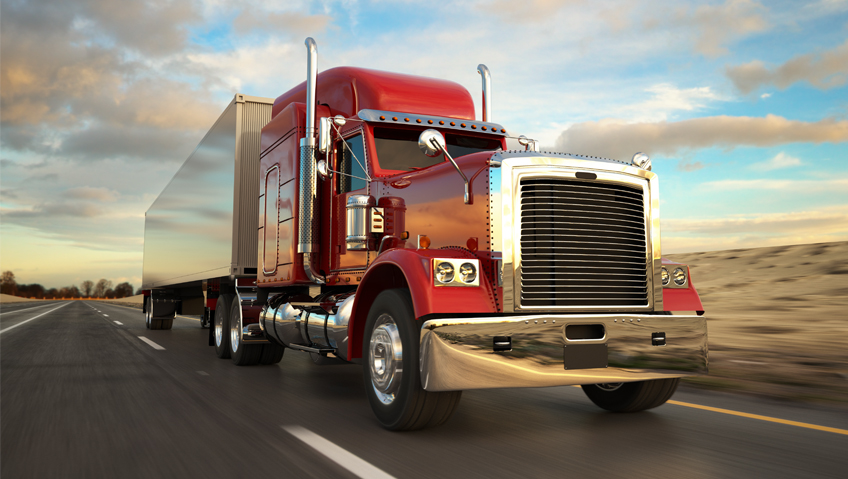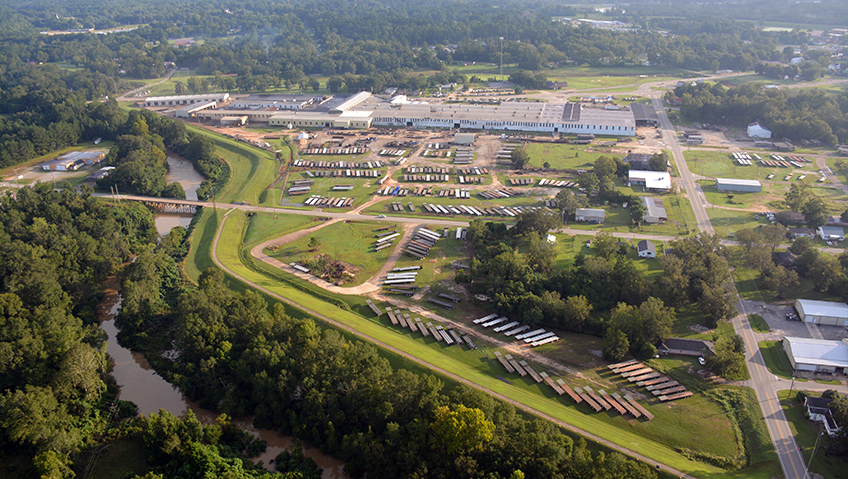From the covered, horse-drawn wagons that carried families and their worldly goods to homesteads in the West in the 1800s, to the trailers that cater to family vacations and motorhomes that allow 21st-century digital nomads to work from anywhere, North Americans have a longstanding love affair with the open road that criss-crosses the continent.
An economic driver in the U.S. and Canada
The centre of the U.S. recreational vehicle (RV) industry is Indiana, where about 85 percent of RVs sold in the U.S. and Canada are manufactured. Over two-thirds of that production is concentrated in Elkhart County, proudly known as “the RV Capital of the World.”
According to the RV Industry Association, the industry has a $32.4 billion impact on Indiana’s economy. It provides 126,140 jobs, pays $3.1 billion in taxes, and supports $7.8 billion in salaries.
Nationally, the RVs Move America Economic Impact Study states that the RV industry contributes $140 billion annually to the U.S. economy. It supports nearly 680,000 jobs and pays more than $48 billion in wages, with a 23 percent increase in economic output over the past three years. That $140 billion impact breaks down into $73.7 billion from RV manufacturers and suppliers (including the automotive sector), $35.7 billion from campgrounds and travel-related activities, and $30 billion from RV sales and service. The industry also contributes $13.6 billion in federal, state, and local taxes.
According to the Spring 2025 edition of RV RoadSigns—a quarterly forecast prepared by ITR Economics for the association—2025 is expected to show modest growth, with wholesale shipments projected between 333,400 and 366,800 units.
“After seeing wholesale shipments finish 2024 up seven percent at 333,700 units, we are cautiously optimistic that the industry will see further growth over the course of the year,” said RV Industry Association President and CEO Craig Kirby. “Interest rates continue to be a challenge, but there are green shoots for the market, including continued consumer interest in RVing.” Projections show towable units totaling 313,300 units (a 4.8 percent increase) and motorhome shipments rising 5.5 percent to 36,800 units.
Meanwhile, in Canada, the RV industry also plays a significant economic role. The RV Dealers Association of Canada reports that in 2022, the industry—encompassing manufacturing, sales, post-purchase expenditures, and tourism—provided 104,200 jobs and added $12.0 billion in value to the economy, including $6.8 billion in labor income and $5.5 billion in government revenues.
Unlike the U.S., where RV production is concentrated in Indiana, Canadian manufacturing is more evenly distributed among four provinces: Quebec (24 percent), Ontario (22 percent), Manitoba (25 percent), and Saskatchewan (24 percent), with five percent in other provinces. Both Canadian and U.S. manufacturers operate facilities across Canada. The total value of RVs manufactured in Canada in 2022 was approximately $621 million, with 71 percent exported. Canada also imports many RVs from the U.S., with Ontario being the largest importer.
From compact campers to class A motorhomes
While recreational vehicles were produced in small numbers as early as the 1920s and 1930s, the concept of a “home on the road” flourished in the post-war era (1945–1960), a time of growing prosperity, disposable income, and leisure time.
Now, continuous advancements in RV technology—such as improved batteries, refrigeration, solar systems, gas cooking stoves, toilets, lightweight materials, and Bluetooth integration—have made RVing more appealing than ever. Within the trailer category, options range from the basic camper or travel trailer (13 to 35 feet) to fifth-wheel trailers (17 to 40 feet), which offer improved maneuverability thanks to a coupling device over the rear axle of the towing vehicle. For those who want compact options, pop-up trailers offer expandable space while being easy to tow and store.
Motorhomes, made possible by powerful gasoline and diesel engines, have grown in size and sophistication. They are categorized into Class A, B, and C:
• Class A: fully integrated, up to 45 feet long, built on a heavy-duty truck or bus chassis
• Class B: semi-integrated, usually vans with raised roofs, up to 23 feet
• Class C: built on a cutaway chassis, up to 30 feet, with a cab-over bunk
Truck campers, typically around eight feet in length and carried in a pickup bed, offer a compact version of a Class C design.
Motorhome manufacturers design the body, while the chassis and engines are supplied by automotive partners. For example, industry leader THOR—holding 50 to 65 percent market share in various categories—builds gas-powered models on Ford F-53 chassis and diesel models like the Palazzo GT on Freightliner chassis.
Trends, opportunities, and challenges
A 2022 report by Market Research Future projected strong growth for the RV industry over the next decade, fueled by consumer interest in outdoor recreation, rising disposable incomes, and demand for luxury travel options that feel like home.
“The RV market is experiencing a significant uptick due to the growing trend in adventure tourism,” says the report, citing data from the UN World Tourism Organization that predicts global adventure tourism will grow over 15 percent annually. In the U.S. alone, the Outdoor Industry Association estimates around 140 million outdoor enthusiasts—a massive potential customer base.
Another emerging trend is RV rentals and storage services. Urban dwellers often lack space to park RVs, so access to storage or rental options could influence purchasing decisions.
To meet rising sustainability expectations, manufacturers are looking at electric and hybrid models, using eco-friendly materials, and incorporating smart technologies that enhance performance and reduce emissions. And many new buyers are drawn to features that boost safety, efficiency, and convenience—such as smart navigation systems and fuel-saving engines.
Despite strong growth, there are challenges on the horizon. Tariffs pose a threat to the interconnected U.S.–Canada RV market, especially since many interior fittings are made in China. Ongoing trade talks—like those between a U.S. delegation and China in Geneva, and upcoming discussions between the U.S. and Canada—will be closely watched by consumers and manufacturers alike.
Potential RV buyers—whether stepping up from a pop-up trailer to a fifth wheel, or from a Class C to a Class A motorhome—are eager to see where the road leads next.






